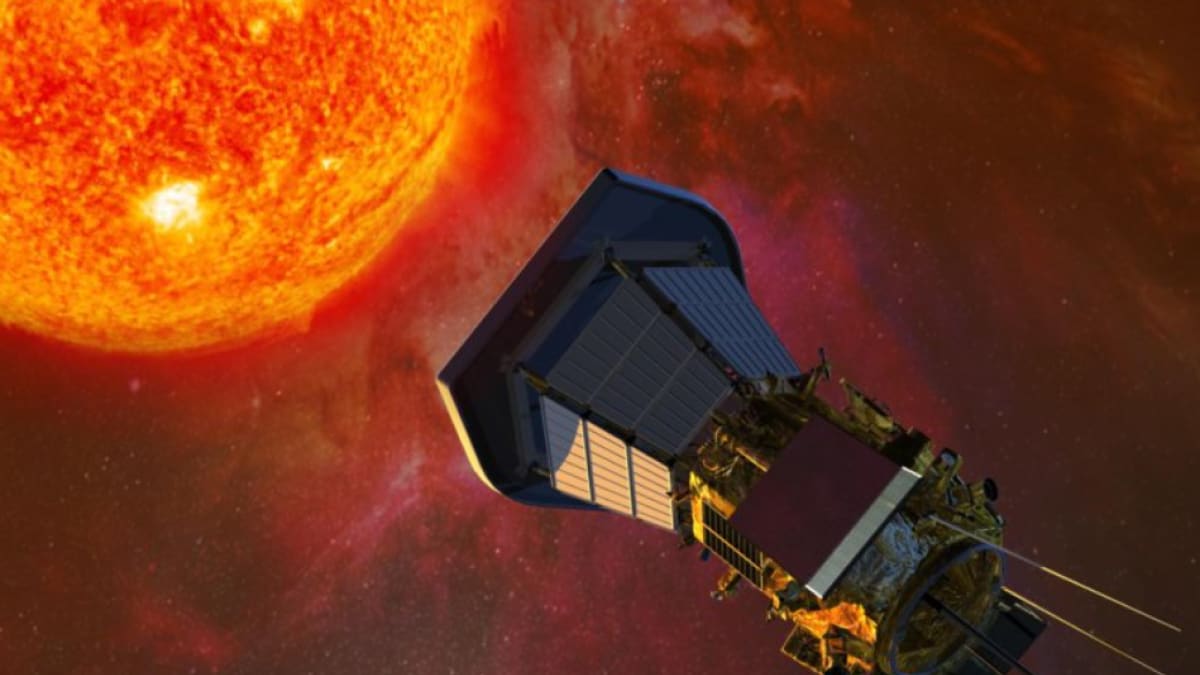NASA's Parker Solar Probe is set to perform its closest flyby of the sun on December 24, 2024, at 6:53 am EST. The spacecraft, which launched in 2018, will approach within 3.8 million miles (6.1 million kilometers) of the solar surface, setting a record for the nearest distance a human-made object has traveled to a star. Traveling at an extraordinary speed of 430,000 mph (692,000 kph), the probe will traverse the sun's corona, collecting data on its high-temperature environment.
Mission Details and Flyby Preparations
The Parker Solar Probe, managed by NASA and designed at the Johns Hopkins Applied Physics Laboratory (JHUAPL), has completed 21 previous solar encounters and seven flybys of Venus, as per a report by Parker Solar Space. The upcoming event marks the 22nd solar approach in its mission to deepen the understanding of the sun's outer atmosphere. According to Nick Pinkine, mission operations manager at JHUAPL, the probe will provide unprecedented data from regions no spacecraft has explored before.
As part of its preparations, the probe sent a final transmission to Earth on December 20, signaling all systems are functioning normally, according to reports. Contact with the spacecraft will remain offline until December 27, when it is expected to send a health status update. Comprehensive science data, including telemetry, will begin to arrive in January 2025, as per reports.
Engineering to Withstand Extreme Temperatures
During the flyby, the spacecraft will endure temperatures reaching 1,800 degrees Fahrenheit (980 degrees Celsius). Its advanced heat shield, constructed from carbon foam, ensures the probe's instruments remain at near room temperature while enduring up to 1,377 degrees Celsius.
Future of the Mission
As per reports, two additional close solar flybys are planned for March 22 and June 19, 2025. Decisions regarding the spacecraft's trajectory and continued operations are expected after the primary mission concludes. The Parker Solar Probe's findings aim to address critical questions about the sun's behavior, contributing to the broader understanding of solar phenomena.


